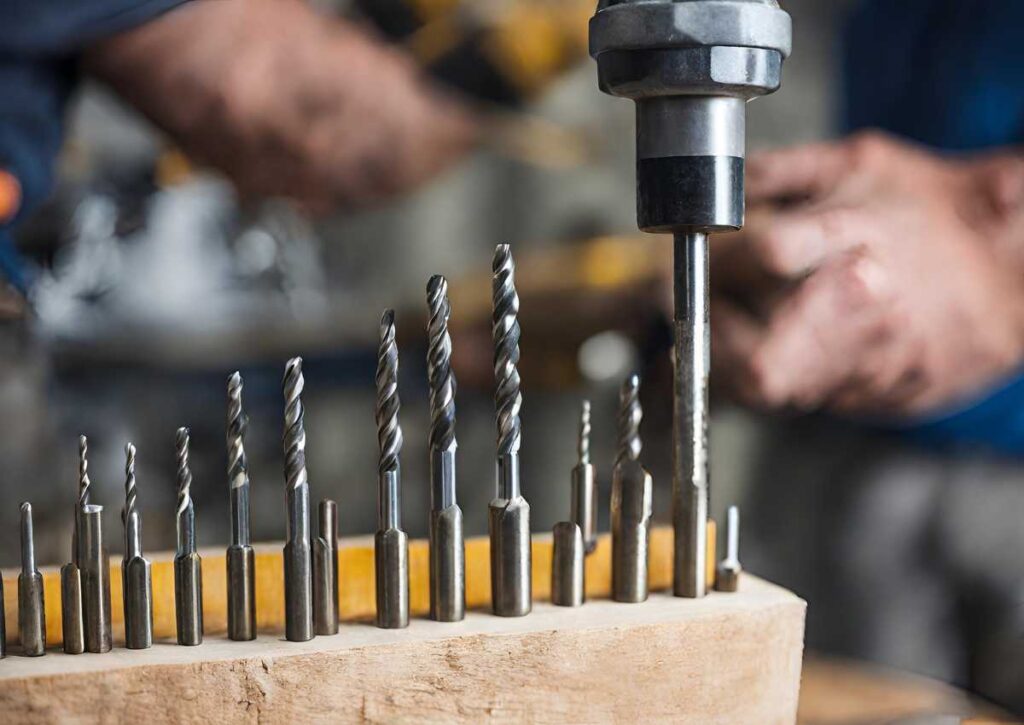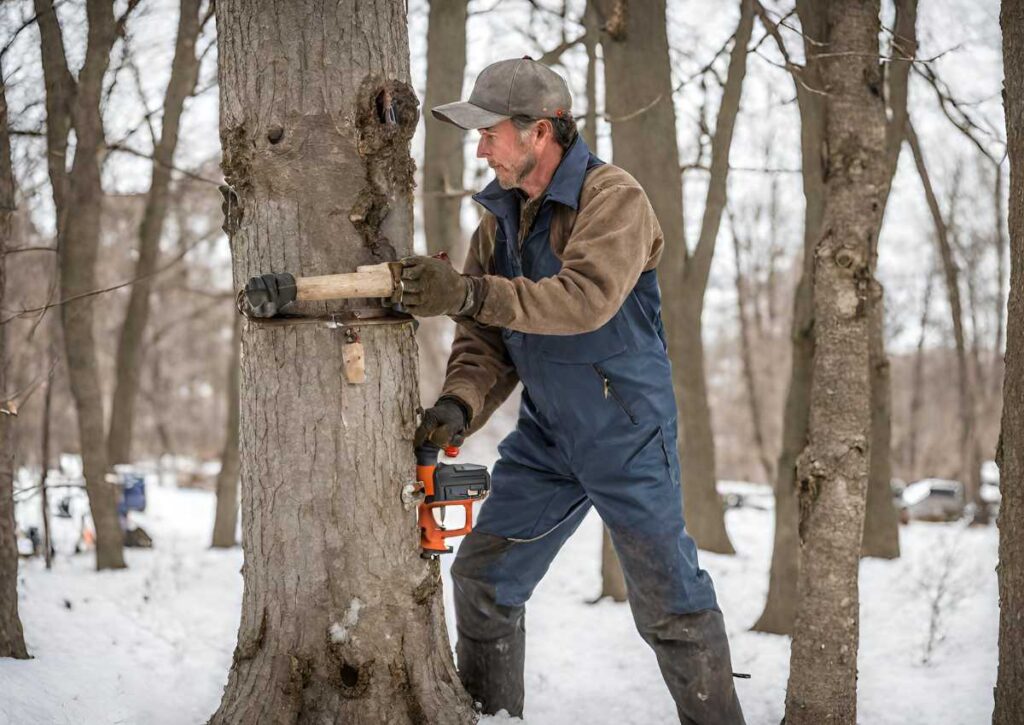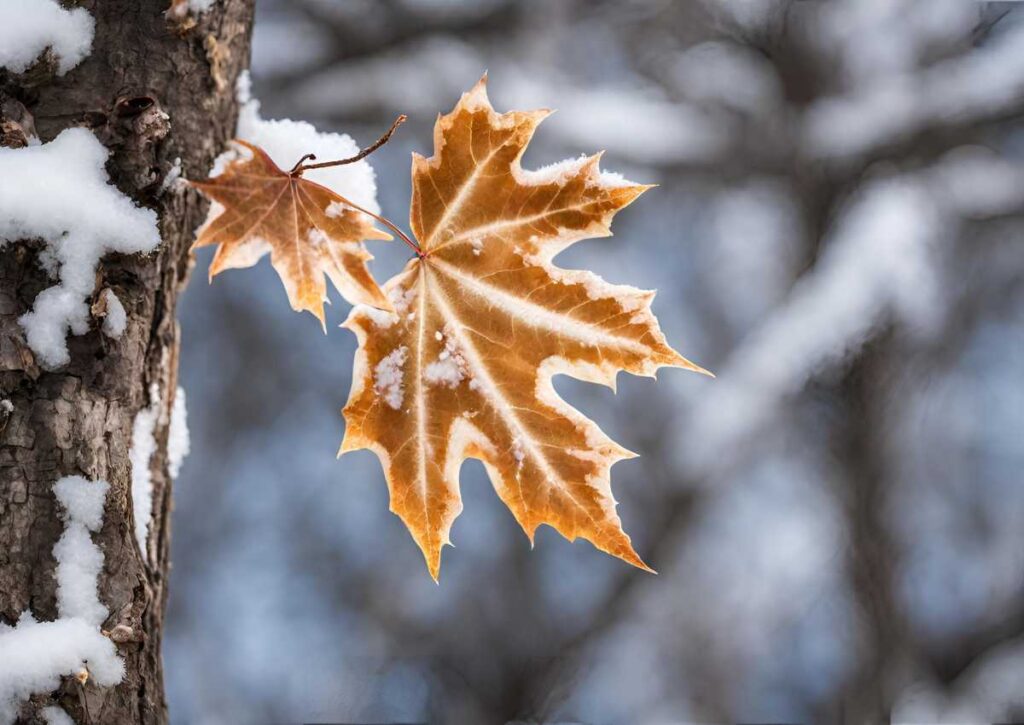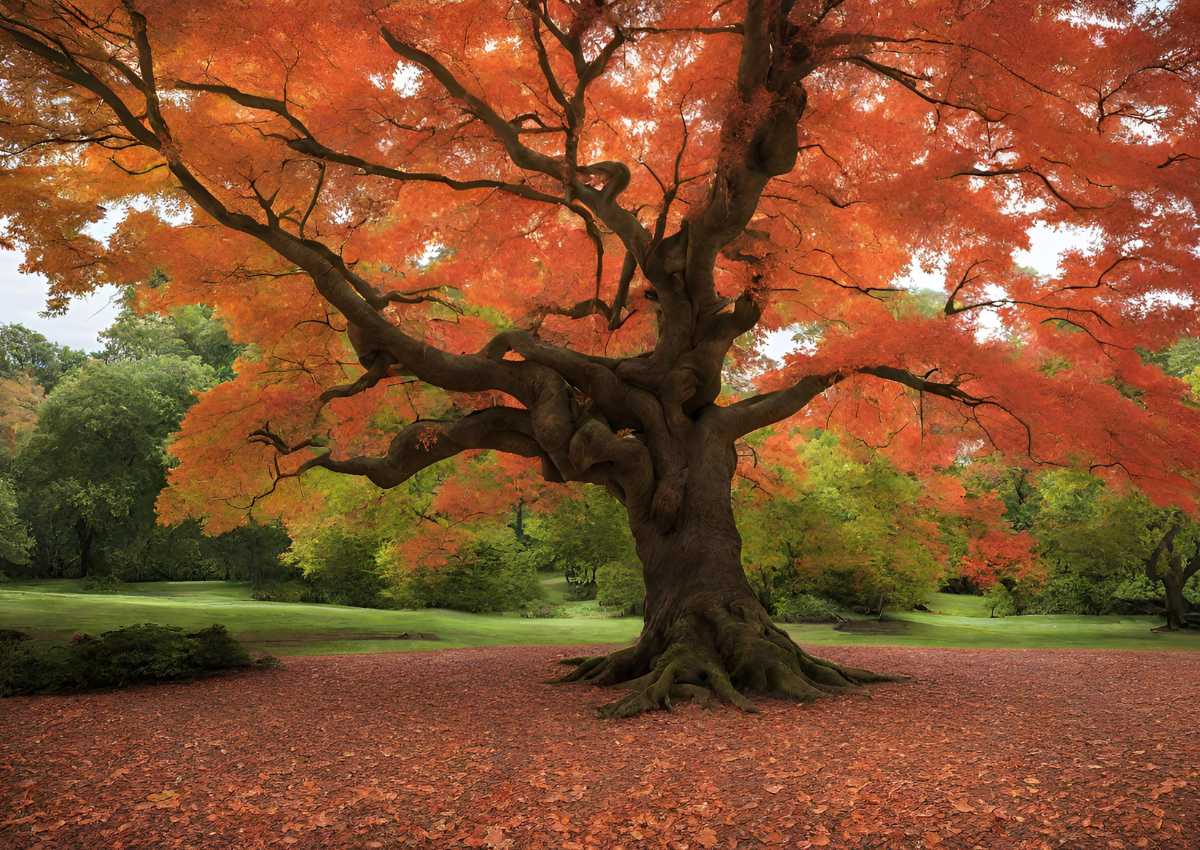Maple traps, often used for maple syrup collection, require precise drilling to ensure optimal sap flow and longevity.
Choosing the right size drill bit is crucial to avoiding damaging the tree and ensuring efficient syrup production.
What Size Drill Bit for Maple Trap? The recommended drill bit size for a maple trap would depend on the specific design and purpose of the trap.
For most maple tapping applications, a 5/16-inch drill bit is commonly used.
In this post, we will delve into the key considerations for choosing the right drill bit size for tapping maple trees, the essential steps for a successful maple tree tapping procedure, and expert advice on preserving the tree’s well-being throughout the entire process.
Understanding Maple Traps And Their Purpose
Maple traps, also known as sap taps or spiles, are specialized tools designed to extract sap from maple trees for syrup production.
The traps are inserted into drilled holes, allowing the sap to flow from the tree into collection containers.
Properly installed traps facilitate the extraction process without causing harm to the maple tree, ultimately ensuring the sustainability of the syrup harvest for years to come.
Preparation
Before installing maple traps, it’s essential to select healthy maple trees that are at least 10 to 40 years old. Younger trees may need more sap, while older trees might be less efficient.
The maple trees should have a diameter of at least 10–12 inches to accommodate the installation of the trap properly.
Timing
Maple sap flow is closely tied to seasonal changes, primarily in late winter and early spring.
The optimal time to install the traps is during the late winter, when the temperature starts to rise above freezing during the day and drops below freezing at night.
This temperature fluctuation promotes the sap flow, making it the ideal time to tap the trees.
Drilling Holes
To tap maple trees for sap collection, employ a drill equipped with the correct-sized bit, typically ranging from 1/16-inch to 1/8-inch in diameter.
Delicately and thoughtfully create holes in the chosen maple trees at a slight upward incline. This angle facilitates the smooth flow of sap into the collection containers.
Maintain a drilling depth of approximately 1.5 to 2.5 inches, taking care to avoid harming the tree’s crucial cambium layer.
Inserting The Traps
Once the holes are drilled, insert the maple traps or spiles into the holes. These traps are usually made from metal or plastic and are designed with a spout to direct the sap flow.
The traps act as conduits, allowing the sap to flow from the tree into the attached collection containers.
Collecting Sap
The sap flow rate can vary depending on weather conditions, tree health, and other factors.
Collect the sap daily or every other day from the collection containers, ensuring they are clean and free from debris.
Maple sap is a clear, slightly sweet liquid at this stage and requires further processing to become maple syrup.
Boiling And Syrup Production
Once collected, the sap needs to be processed to concentrate its sugars and transform it into maple syrup. This is typically achieved through a boiling process in a specialized evaporator.
The sap is boiled until the water content evaporates, leaving behind the concentrated sugars that form maple syrup.
Sustainability And Tree Health
Properly installed maple traps ensure sustainable syrup production without harming the maple trees.
By tapping the trees correctly and adhering to proper tapping guidelines, the tree’s health and overall longevity are maintained, allowing it to be tapped for many years to come.
Respecting the natural rhythms of the maple trees, maple syrup producers can continue to enjoy the sweet rewards of this time-honoured tradition for generations.
Factors To Consider When Choosing A Drill Bit Size

Selecting the correct drill bit size is crucial for maintaining the health of the maple tree and optimizing sap yield.
Tree Species And Diameter
Different maple species and tree diameters will require varying drill bit sizes. Common maple species used for syrup production include sugar maple (Acer saccharum), red maple (Acer rubrum), and black maple.
Each species may have slightly different characteristics, including variations in sap flow rates and wood density.
Before drilling, it’s important to measure the diameter of the tree trunk at the designated location where you intend to create the hole.
The tree’s diameter is a critical factor in determining the appropriate drill bit size for the task at hand.
Trap Size
The size of the maple trap you intend to use will dictate the diameter of the drilled hole. Standard maple traps are available in various sizes, ranging from 5/16 inch to 7/16 inch in diameter.
Smaller traps, such as 5/16 inch, are commonly used for hobbyist or small-scale syrup production, while larger traps, like 7/16 inch, are often used for commercial operations with high sap requirements.
Optimal Hole Size
The optimal hole size is critical for efficient sap extraction without causing unnecessary harm to the tree.
A hole that is too large may weaken the tree and negatively impact its health, while a hole that is too small might not allow enough sap flow.
A general rule of thumb is that the hole diameter should be approximately 1/16 to 1/32 inch larger than the spout diameter of the trap.
Climate And Timing
The time of year and local climate can significantly affect the sap flow rate. In colder regions, larger holes may be necessary to encourage a more substantial sap yield.
Conversely, in milder climates, smaller holes might be sufficient. Consider the average temperature fluctuations in your area during the sugaring season.
Temperature variations, particularly freezing nights and thawing days, trigger sap flow, impacting the necessary drill bit size.
Avoiding Over-Tapping
It’s essential to adhere to recommended tapping guidelines based on the tree’s size and health.
For most healthy mature trees, a maximum of two to three taps per tree is recommended.
Balancing Sap Yield And Tree Health
The ultimate goal is to balance sap yield with the long-term health of the maple tree.
Properly selected drill bit sizes and tapping techniques ensure that the tree can continue to produce sap for syrup harvests in subsequent years without significant adverse effects.
Maple syrup producers can optimize sap yield, protect tree health, and sustainably enjoy the process of making delicious maple syrup season after season.
Steps to Drill a Maple Tree for Sap Traps

Obtain The Right Equipment
Before beginning, ensure you have the necessary equipment for tapping maple trees. Purchase a high-quality drill with sufficient power and torque to penetrate the tree’s wood effectively.
Acquire a drill bit specifically designed for wood drilling. For maple trees, a sharp and well-maintained drill bit is essential for clean and precise drilling.
Choose The Appropriate Drill Bit Size
As discussed earlier, consider the factors that influence the appropriate drill bit size, such as the maple tree species, diameter, trap size, and local climate conditions.
Refer to guidelines provided by experienced maple syrup producers or agricultural extensions to determine the optimal drill bit size for your specific situation.
Selecting the correct size is vital to ensure efficient sap extraction without causing unnecessary damage to the tree.
Determine The Drill Hole Location
Carefully choose the location on the maple tree’s trunk for tapping. Look for a healthy area without any signs of damage or disease.
The ideal tapping spot should be approximately four feet above the ground, where the sap flow is most robust.
It’s essential to avoid drilling too close to previous tapping sites or any significant wounds on the tree.
Mark The Drilling Spot
Using a marker or chalk, mark the precise location on the tree where you will drill the hole.
Double-check the spot’s alignment and ensure that the drill bit will penetrate at the intended angle, typically pointing slightly upward to facilitate sap flow.
Prepare The Drill
Insert the selected drill bit into the drill’s chuck and tighten it securely. Check that the drill is in working order and that the battery (if cordless) or power supply (if corded) is fully charged or connected.
Start Drilling
To begin, initiate the drill at a low speed to create a pilot hole precisely at the marked location. This pilot hole will help guide the drill bit and prevent it from slipping during the drilling process.
Gradually increase the drilling speed while maintaining steady pressure to avoid splintering or damaging the wood.
Drill The Hole
Continue drilling with a controlled, steady motion until the desired depth is reached. For maple trees, the hole depth is typically around 1.5 to 2.5 inches.
Be cautious not to drill too deeply, as this may harm the vital cambium layer just below the bark.
Insert The Maple Trap
Once the hole is drilled, immediately insert the chosen maple trap or spile into the hole. Ensure it fits snugly and securely in the drilled cavity.
The spout of the trap should face downward, encouraging the sap to flow smoothly from the tree into the attached collection container.
This will enable you to tap your maple tree successfully and efficiently extract sap for maple syrup production while maintaining the health and longevity of the tree.
To maintain the health of the maple tree and optimize sap production

To maintain the health of the maple tree and optimize sap production, it is necessary to implement proper care and management practices that ensure the tree’s well-being, promote vigorous growth, and allow for the efficient extraction of sap for maple syrup production.
Regular Inspection
Regularly inspect the maple tree throughout the year for any signs of damage, disease, or stress. If any issues are detected, consult with an arborist or tree care professional to address them promptly.
Pruning And Trimming
Perform routine pruning and trimming as needed to remove dead or diseased branches. Proper pruning enhances the tree’s structure and promotes overall health and vigour.
Avoid extensive pruning during the sap-producing season, as it may reduce sap flow and affect syrup production.
Rotating Tapping Spots
When tapping the maple tree for sap collection, rotate the tapping spots each year.
By rotating the locations where the traps are installed, you distribute the stress and allow the tree to recover more effectively during the non-sap-producing months.
Tapping Guidelines
Adhere to recommended tapping guidelines based on the tree’s size and overall health.
Typically, healthy mature trees can sustain two to three taps, while smaller or less robust trees may require fewer taps.
Proper Trap Removal
At the end of the syrup season, when sap flow slows down or stops, remove the maple traps from the drilled holes.
Clean the traps and store them properly for reuse in the next sugaring season.
Tree Nutrition
Maintain the overall health of the maple tree by ensuring it receives adequate nutrition.
If the tree is growing in an area with poor soil quality or limited nutrients, consider fertilizing it appropriately.
Consult with an arborist or soil expert before applying any fertilizers to prevent over-fertilization and potential harm to the tree.
Protection From Damage
Protect the maple tree from mechanical damage caused by mowing, grazing animals, or human activities.
Avoid hitting the tree trunk with machinery or heavy equipment, as wounds can become entry points for pests and diseases.
Environmental Factors
Be mindful of environmental factors that may affect sap production.
Severe weather conditions, such as droughts or intense storms, can exert stress on the tree and potentially affect the flow of sap.
Properly managing the tree’s environment, including soil moisture and sunlight exposure, can contribute to its overall well-being.
Conclusion
To tap maple trees successfully for syrup, picking the right drill bit size is key. Factors like tree type, size, climate, and timing guide your choice.
This helps extract sap efficiently while safeguarding the tree’s health for sustained harvests. Properly drilling and installing traps is crucial for effective tapping.
Regularly checking trees, moving tap spots, and timely maintenance maintain their health. Removing traps after the syrup season aids tree recovery.
Diligent care ensures years of syrup production. Making maple syrup isn’t just a tradition but an art that demands respect for nature.
Approach it with enthusiasm and care for the trees, and you’ll enjoy delicious maple syrup. Happy tapping!
FAQs
What size drill bit should I use for tapping maple trees?
For tapping maple trees, a 5/16-inch drill bit is commonly used.
How do I select the right drill bit size for maple tree tapping?
Consider using a drill bit that is slightly smaller than the spout or tap size, typically around 5/16 inches.
What factors influence the choice of drill bit size for maple traps?
Factors like the tree’s diameter and the specific tap or spout size impact the selection of the drill bit.
What is the recommended drill bit size to avoid harming maple trees during tapping?
Using a drill bit that is a bit smaller than the tap size, such as a 5/16-inch bit, helps prevent damage to the tree while extracting sap.
Can I use different drill bit sizes for different maple tree species?
Yes, different species might require varying drill bit sizes; however, commonly, a 5/16-inch drill bit works well for many maple tree types.
Also Read
How Much Does It Cost To Drill A Well









